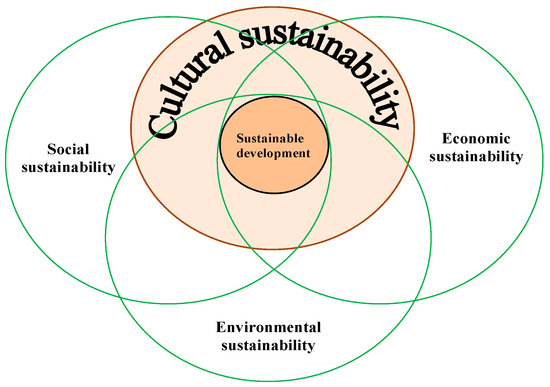Sustainability is a concept that has gained significant prominence in recent years as the world grapples with environmental challenges and the need to preserve our planet for future generations. In a rapidly changing world, the idea of sustainability has evolved from a buzzword to a crucial guiding principle. Through understanding sustainability, Cornell College students can recognize its significance, and how students, communities, and businesses can embrace sustainable practices to foster a greener, more resilient future.

Understanding Environmental Sustainability
Sustainability is the implementation of practices that will ensure a greener, better future. Many of the major sustainable efforts are in place for one main goal: to stop climate change. Through living a more sustainable, greener lifestyle, we can help prevent future environmental degradation, and help slow and reverse the negative effects that have already occurred. As a population, we overuse many of our resources.Through sustainable practices we can limit depletion and help conserve the resources that are dwindling. Some examples of sustainable efforts include recycling, saving energy and water, reducing plastic use, using more sustainable transport, like bicycles or boats, etc.

The Three Pillars of Sustainability
Sustainability focuses on humans being able to live without exhausting all of earth’s natural resources. Sustainability comprises three key pillars:
1. Environmental Sustainability: Environmental sustainability focuses on preserving and protecting the environment, encompassing issues like biodiversity conservation, clean air and water, climate change mitigation, and the responsible use of natural resources.
2. Social Sustainability: Social sustainability involves improving the quality of life for all people, ensuring social equity and inclusion, addressing poverty and inequality, and fostering a sense of community and well-being.
3. Economic Sustainability: Economic sustainability is about ensuring that economic growth and development do not harm the environment or society. It involves creating a circular economy, supporting local businesses, and making responsible financial decisions.
Significance of Sustainability
Sustainability is critical for several reasons:
1. Environmental Preservation: Unsustainable practices can lead to ecological collapse and loss of biodiversity. Some examples include overuse of natural resources and pollution. Embracing sustainability helps mitigate these threats and protect the planet’s ecosystems.
2. Climate Change Mitigation: Sustainable practices play a significant role in reducing greenhouse gas emissions and mitigating climate change, helping to limit global warming and its adverse effects.
3. Resource Conservation: Sustainability ensures that resources are used efficiently, reducing waste and promoting responsible consumption. This is essential in a world with finite resources.

Environmental Sustainability in Everyday Life and on Cornell’s Campus
1. Sustainable Consumption: One of the simplest ways individuals can embrace sustainability is through mindful consumption of resources. Whether this includes taking shorter showers or using less plastic, it is imperative that we stay aware of how we overuse precious resources on a daily basis. This involves choosing products that are eco-friendly, supporting local and sustainable businesses, and reducing waste by recycling and reusing.
2. Sustainability on Campus: On Cornell’s campus, sustainability can be shown by recycling at the many recycling spots around campus, returning the reusable to-go containers from the cafeteria, and turning the lights off in your dorm room are a couple of examples.
3. Energy Efficiency: Reducing energy consumption at home and in daily activities can significantly contribute to sustainability. This includes using energy-efficient appliances, minimizing water usage, and harnessing renewable energy sources like solar power.
4. Public Transportation and Active Commuting: Reducing personal vehicle usage in favor of public transportation, carpooling, biking, or walking can help decrease carbon emissions and alleviate traffic congestion.
5. Waste Reduction: Managing waste is crucial for sustainability. Reduce, reuse, and recycle, and consider composting organic waste. You can also choose products with minimal packaging to reduce plastic and other waste.
Embracing Sustainability in Communities
1. Community Engagement: Building a sustainable community starts with engagement. Participate in local environmental initiatives, attend community meetings, and voice your support for sustainable policies and practices.
2. Sustainable Urban Planning: Encourage urban planners and local authorities to adopt sustainable urban design which promotes public transportation, green spaces, and walkability.
3. Green Infrastructure: Advocate for the development of green infrastructure, such as parks, urban gardens, and green roofs, which can improve air quality and enhance the urban environment.

The Path Forward
Sustainability is not just a trendy idea, but a necessity for the survival and well-being of future generations. It requires a global commitment to make significant changes in how we live, consume, and do business. We all play a vital role in shaping a sustainable future.
As we move forward, it is crucial to remember that sustainability is an ongoing journey, not a final destination. It demands constant evaluation and adaptation to address new challenges and opportunities. By embracing sustainability in our everyday lives, communities, and businesses, we can collectively work towards a brighter, more sustainable future.
Leave a Reply